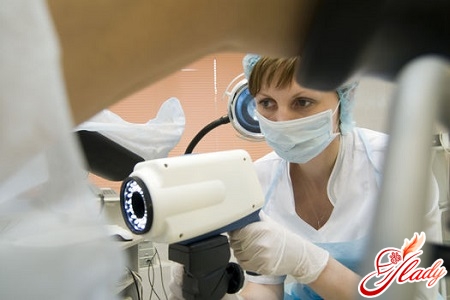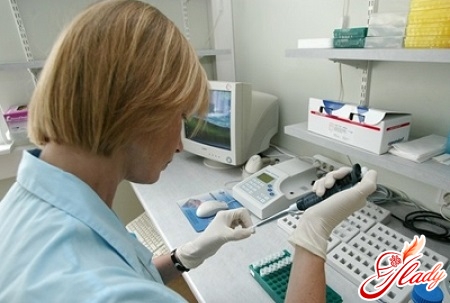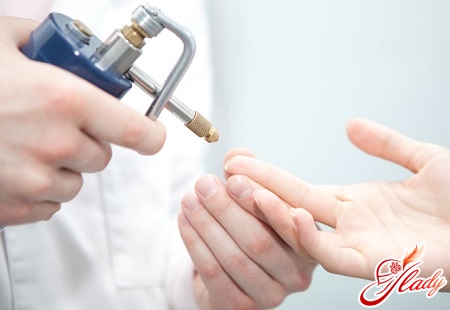
Gardnerella (bacterial vaginosis) isa very common infection in our time. According to statistics, more than 20% of women who are sexually active suffer from this disease. The thing is that gardnerella is always present in the microflora of the female genital organ. But with a sharp increase in the number of these bacteria, the microflora of the vagina is disrupted, which leads to the development of infection. The question of whether this type of vaginosis is exactly the disease that, like many, is transmitted sexually, still has no clear answer from doctors. However, bacterial vaginosis requires immediate treatment, and this is not even discussed. Gardnerella itself is not pathogenic, but it leads to the appearance of other pathogenic organisms that are more dangerous to women's health. Gardnerella performs the function of preparing the soil for harmful microorganisms. When these microorganisms begin to multiply at an accelerated rate, the products of their metabolism have a detrimental effect not only on the vagina, but also penetrate the urethra. Disrupted microflora for gardnerella is the number 1 cause of occurrence. Bacteria that have grown in such a "favorable" environment cause inflammation.
Is bacterial vaginosis contagious?
Certainly.It is female patients who are very sexually active who most often encounter this disease. You can avoid transmitting vaginosis by using contraceptives, especially if you are starting a relationship with a new partner. This statement does not mean that the man is "contagious". It is possible that the man's microflora will be foreign to your body. This will lead to dysbacteriosis, and then to gardnerellosis. Treatment of this disease is no different from other sexually transmitted infections. Regardless of confirmation of the disease, both partners must undergo a full course of treatment with drugs prescribed by the doctor, one of them. You can get gardnerellosis even if there was no fact of infection as such. The disease can develop due to taking antibiotics or local contraceptives. Many cases of gardnerella development have been recorded after taking the following drugs: Terzhinan, Betadine, Polygynax. The vaginal microflora can be disrupted by prolonged stress, diets, and intense physical and emotional stress.
Symptoms of gardnerellosis
The first signs of the disease shouldEvery woman should know, because it is necessary to start treatment and take special medications as early as possible. Symptoms of gardnerellosis in women are much more noticeable than in men. Vaginal discharge can be yellow, green, white, transparent and white-gray. They have a uniform consistency, creamy or watery, often foaming. The labia swell, turn red, itching and burning appear during urination or intercourse. The main symptom of the disease is the smell of spoiled fish. In addition to discharge, gardnerella in women causes an internal inflammatory process, which also entails itching, pain and burning in the vagina. In men (90%), gardnerella does not cause any discomfort. In rare cases, the presence of the disease can be judged by painful urination. Even less often, profuse discharge from the penis, burning and itching are observed. If any minor symptoms of gardnerellosis appear in women, it is recommended to immediately consult a doctor. Experts say that the disease can be cured the first time only at an early stage of development. Complications and consequences of the disease are varied. Urethritis, prostatitis, infertility threaten men. And women often develop inflammatory diseases of the pelvic organs. The external genitalia, vagina, cervix - everything is at risk. The consequence is endometritis and adnexitis, which will bother you all your life. If we talk about the consequences that appear immediately, then this is a sharp decrease in immunity and a high risk of diseases of the genitourinary system. Gardnerellosis is often found in pregnant women. Often, a woman becomes infected even before conceiving a child, and during pregnancy, pathogenic microbes cause an exacerbation. The reasons are as follows: during pregnancy, the body's immune defense drops sharply and hormonal changes occur. These factors affect the microflora of the female vagina, and if a girl has a minimal risk of getting gardnerellosis, the body does not act in the best interests of the owner.
Diagnosis of the disease
Nowadays, gardnerella can be found in womendetected at the initial stages, fortunately, it is possible for every specialist. Women should immediately contact a gynecologist at the first suspicion, and men - a venereologist or urologist. First, the patient is examined, the symptoms are assessed. The most common complaint is discharge with a sharp unpleasant odor. If the symptoms of gardnerella are not so clearly expressed, then a laboratory analysis is carried out, which allows you to identify the pathogen. The analysis is a general smear with microscopy. When examining the cells of a sick person under a microscope, you can notice a thick layer of microbes, which indicates the fact of the disease. Another analysis to confirm the disease is measuring the pH of the vaginal environment. A final diagnosis can be made after a reaction to isontril (the substance that emits a terribly unpleasant odor). If the diagnosis is confirmed, ask your doctor to conduct an examination for inflammatory processes in the vagina (culture of vaginal discharge, analysis for dysbiosis, PCR). Gardnerellosis in women during pregnancy is the most common disease, but do not despair, the main thing is to cope with the disease in a timely manner. Drugs for treatment should be prescribed by a doctor, since many drugs are prohibited, including antibiotics. Usually, doctors prescribe the following drugs for treatment: Metronidazole, Clindamycin. Both drugs are available both in the form of a gel for external use and in the form of tablets. Treatment and dosage of the drug are prescribed by the attending physician. It should be remembered that these drugs are incompatible with alcohol. After completing the course of treatment, take tests again, and then monitor your health and prevent relapses. Prevention of the disease is quite simple:
- Take care of your health.
- Strengthen the immune system.
- Lead a healthy lifestyle (do not overdo it, eat right).
- Eliminate casual sex.
- Use condoms.
- Use antiseptics for 2 hours after suspicious sexual intercourse.
- Refuse douching and preparations containing 9-nonoxinol (contraceptive).
Constantly monitor your genitals, keep them perfectly clean. At the first appearance of any symptoms, consult a doctor, do not self-medicate!









